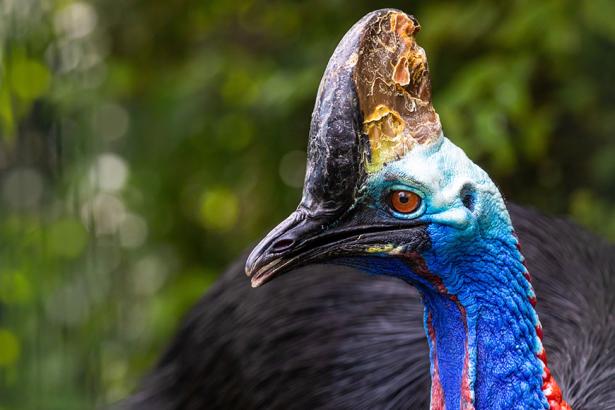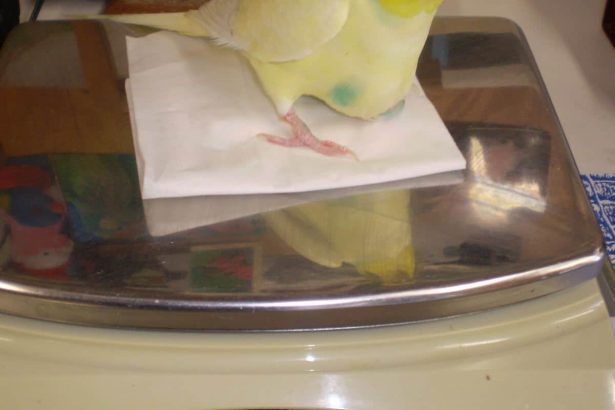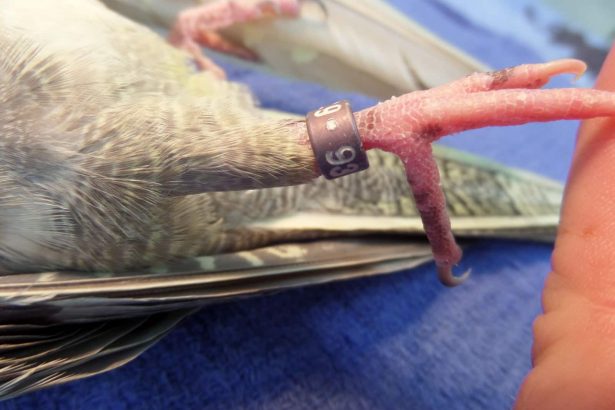Reptile care is quite different from other forms of animal husbandry in many ways. Reptiles, being an ectothermic or cold blooded animal, means that they have to obtain and regulate their body heat from the environment. So when it comes to snake care you need to make sure that your reptile has an ample area that is well regulated as far as temperature goes – warm places as well as cooler places. You can think about it like this, if a reptile is cold in the wild, it will find a space with plenty of sun to raise its temperature and find shade in cooler areas when it is getting too hot. It’s a constant battle for pet lizard breeds, snakes and other reptiles to keep their body temperature in the optimal range. In this article we will cover the basics and best practises when it comes to caring for your reptile. To bring a reptile or any other animal into your life, you have to become an expert – in this case a reptile expert.
Know Your Enclosure
It is all too common that people who take on owning a reptile don’t properly understand how best to set up their terrarium for their pet. It takes a lot more thought than just adding in a heat rock and affixing a heat lamp in the enclosure. For one, your reptile needs enough space to hide from the heat lamp when its body temperature is too high – if they don’t have a place to cool off they will cook to death in their terrarium. Reptile husbandry is very rewarding, but it is quite different than having a dog, cat or any other warm blooded creature. Your reptile relies on its behavioural thermo regulators to let them know where and when to go to maintain the proper body temperature. So having a large enclosure with plenty of warmer and cooler areas is paramount to the well being of the animal – in fact its life may depend on it. Make sure that your reptile has lots of space to live and thrive in their enclosure – the bigger, the better.
Problems with Overweight Snakes
One of the most common problems seen here in our surgery is overweight and even obese reptiles. Unlike warm blooded creatures who regulate their temperature internally, partly with the consumption of food to create warmth, a reptile eats mostly to grow. This means that reptiles need to consume far less food, less frequently than their warm blooded counterparts. One common mistake is feeding a reptile meals that are simply too large for its needs. If you put it in their cage, in most cases they will eat it as long as they can get it down. So make sure you are feeding your reptile an appropriate meal for its size. Frequency of feeding is also a very important part of reptile husbandry – the younger they are, the more frequently they need to eat. A hatchling snake should be fed once a week, where an adult should be fed once a month. For more detailed information on feeding size and schedule click here.
It’s much more difficult to tell if your reptile is overweight than it is with a cat, dog or horse for instance. So you might not notice that you are overfeeding your serpent until you have to take them to a snake vet. One recommended way to tell if your snake is overweight is to measure their snout to cloaca (also known as their vent), then weigh them on a scale that can be bought anywhere in Australia. If your snake is gaining weight but not measurably growing from vent to snout, you have a snake that is becoming overweight!
Is it easy to care for reptiles? The short answer to understanding how to care for reptiles is… If you aren’t willing to put in the work with any animal, or even a plant for that matter, then it’s best not to embark on this endeavour. Reptiles, like all animals, develop life threatening health issues when they are obese. Being overweight shortens their lifespan and also affects their quality of life significantly. The best way to avoid this outcome is to follow best feeding practises based on the type, size and age of your reptile.
Words From Your Reptile Vet – Keeping a Lizard as a Pet
If you are interested in keeping a lizard as a pet the same rules apply. The best lizard pets are happy and healthy ones. The same goes for amphibian pets, birds or any other animal you have chosen to live your life with. As an exotic animal and reptile vet, we frequently see issues involving overweight and often constipated reptiles. The reason for this is related to the size and type of meal the reptile is being fed. It’s a common misconception that as reptiles get bigger they should be fed rats instead of mice. Though that can be true when it comes to very large reptiles, rats differ from mice in a number of ways.
Rats, even in the pinky or weaner stage are still much larger than mice – rats in the weaner stage are equivalent to as many as six mice. It’s simply too much food, even though the reptile has the mechanical ability to eat it. You need a big, big reptile to be feeding it rats. When you look at a rat or give one a stroke, it’s obvious that their fur is longer, thicker and more coarse than that of a mouse. This can lead to serious digestive blockage in reptiles that simply aren’t designed to eat rats. The rat’s fur can cause constipation in your reptile.
Lizards are often considered one of the best reptile pets, but any pet needs the proper diet. There are other problems associated with feeding your reptile the wrong diet – leading to a visit to the lizard vet.
Turtle Care, Good Reptile Pets and More
Good reptile pets are only as good as their owners, it’s your responsibility to make sure that they live their best, healthiest life. When it comes to turtle care, let’s start with the size of their tank. As with almost any animal, the bigger the enclosure the better for both quality of life and potential growth. Optimal temperature range is 28-30 degrees and should be checked frequently at both ends of the cage to ensure your turtle companion is functioning properly and won’t run the risk of secondary infection due to a weak immune system. To avoid visits to the turtle vet, feed your turtle a balanced diet with plenty of vitamins and minerals. Keep in mind that not all turtles are to be fed the same. For instance long neck turtles are carnivorous, where short necked turtles are omnivores. For more in depth information on turtle care click here and have a look at our guide to turtle husbandry.
This article has served as a very basic overview of reptile husbandry. Lizard care is going to require a different approach than turtle care. Snakes that have the right size enclosure with both warm and cool places, that are fed the proper diet make for the best pet snakes. Australia is a great place to keep a reptile as a pet, as long as you understand their needs.
FAQs
This greatly depends on the owner. Reptile care isn’t for everyone and any snake can be ill behaved if not taken care of properly. Conversely, any snake given the proper attention by someone who understands how to care for reptiles will be a great pet snake. There are no bad snakes, just bad humans.
Turtles are amazing animals and make for excellent pets for those with a basic understanding of reptile husbandry. As long as you make sure that their enclosure has the proper temperature ranges, sufficient water for them to submerge themselves and dry areas for them to enjoy, then you are off to a great start. Keep in mind that turtles will happily over eat, so making sure the correct amount of food is provided – not more than what they need – is important.
The best reptile pets are the ones with owners that understand reptile husbandry. Any reptile can be badly behaved and even dangerous if they are not looked after correctly. Reptiles need to be frequently handled in order for them to be comfortable and friendly with humans. Lizards such as skinks and dragons are quite popular, but like any reptile they need to be cared for properly in order to be a happy and friendly companion.






2 Comments
Comments are closed.